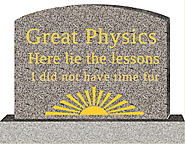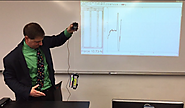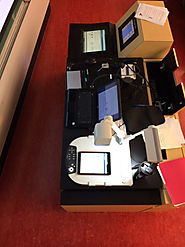-
About
- About Listly
- Community & Support
- Howto
- Chrome Extension
- Bookmarklet
- WordPress Plugin
- Listly Premium
- Privacy
- Terms
- DMCA Copyright
- © 2010-2025 Boomy Labs
Listly by osters-chris
Here are a few blogs and websites to stay current on PER (Physics Education Research) and pedagogy of Physics. Enjoy!

We've all know those teachers that have their lesson plans set in stone from year to year. I met one once while I was still student teaching that had a ledger filled with his lecture notes, discussion questions, etc.

On one hand, Aaron saw that university physics professors -- the ones who are ultimately responsible for awarding credit for AP exams -- were "pleased at the depth of knowledge that the test assessed." That's correct.

Many aspects of learning require the ability to visualize - the structure of the cell, the interconnected relationships of historical figures, the forces on a figure skater, the shape of a population distribution graph. But students rarely have the opportunity to create their own visualizations - a critical part of learning.

If you don't already know, Flappy Bird is the hot new mobile game right now. The premise is simple: navigate the bird through the gaps between the green pipes. Tapping the screen gives a slight upward impulse to the bird. Stop tapping and the bird plummets to the ground.

Disclosure: my colleague, Georg Rieger, and I are currently in the process of securing post-doc funding to evaluate the effectiveness of Learning Catalytics and that position would be paid in part by Pearson, who owns Learning Catalytics. I have been using Learning Catalytics, web-based "clickers on steroids" software, in a lecture course and a lab course since the start of September.

Mark Rowzee and I spoke at the American Association of Physics Teachers (AAPT) 2016 Winter meeting as part of Session EI: Quadcopters, Drones and High Altitude Balloons. Our talk was "Blueprints for Accessible and Affordable High-Altitude Ballooning."